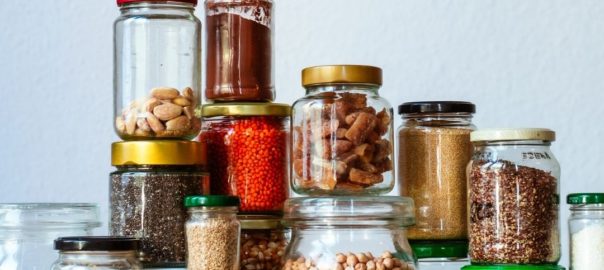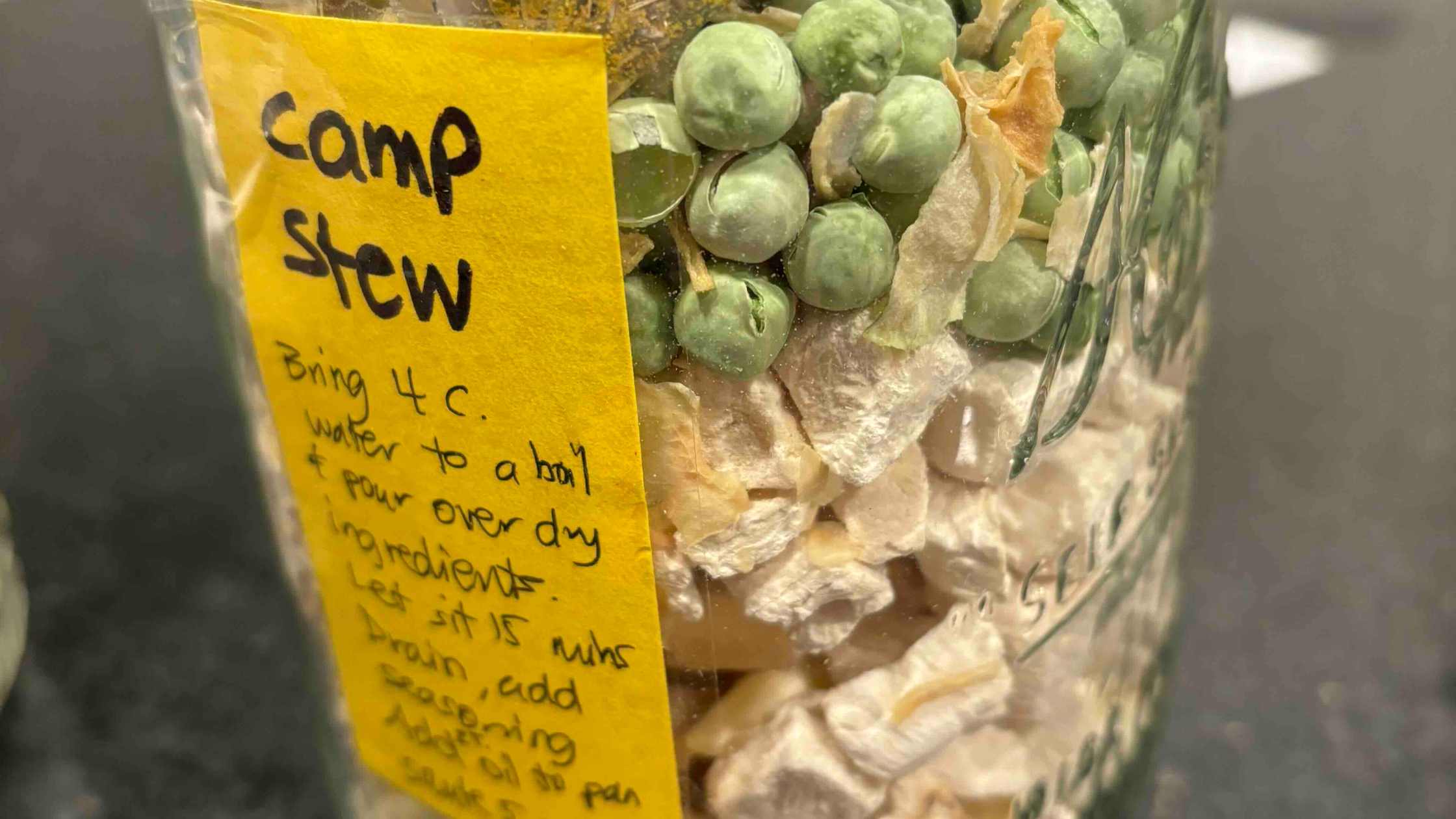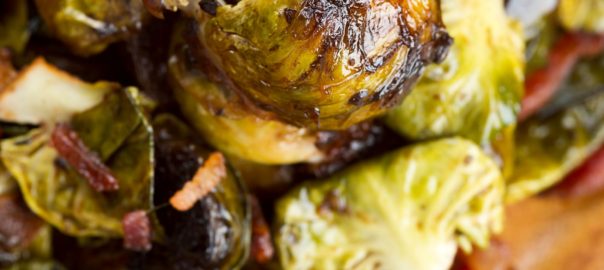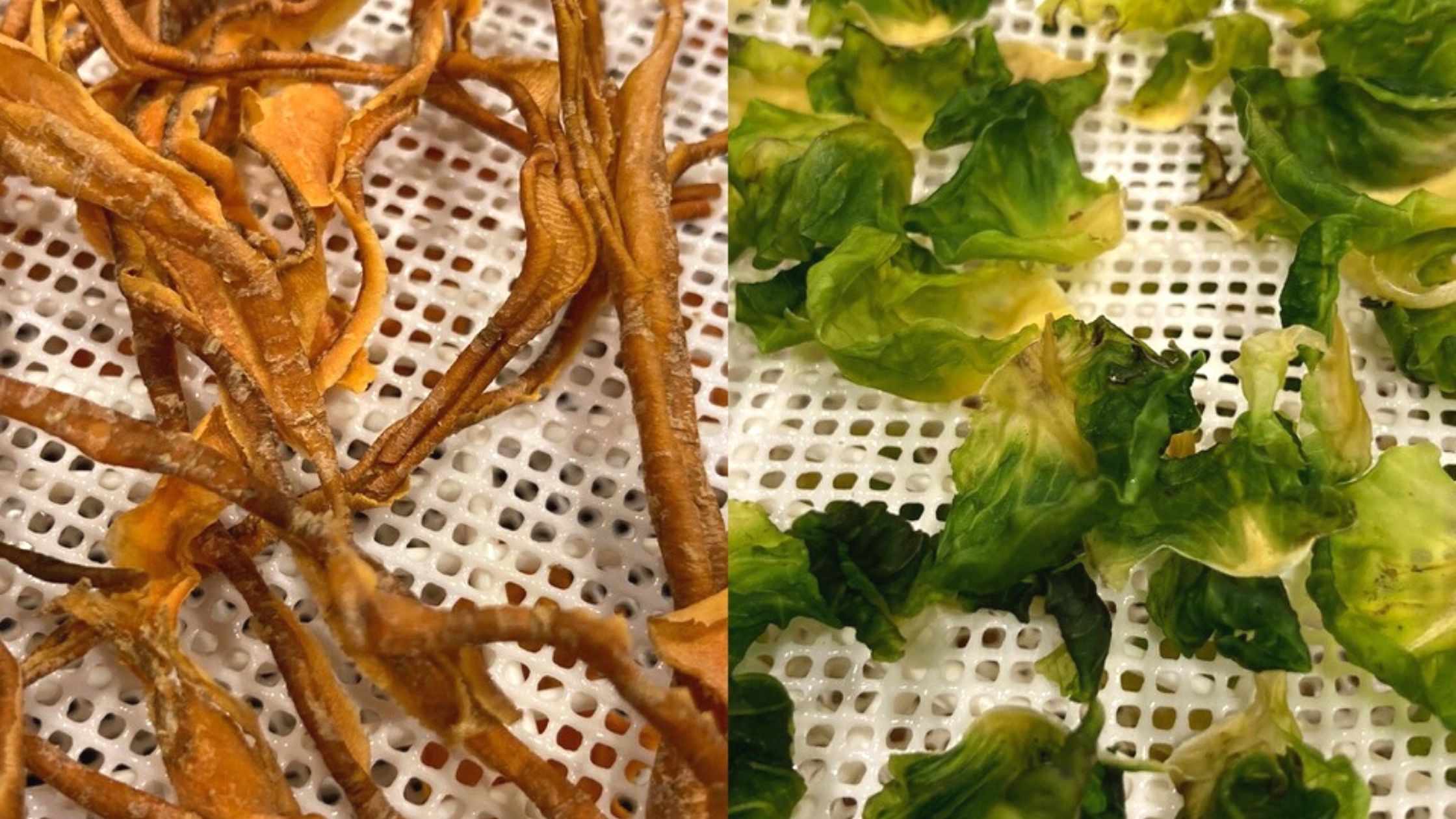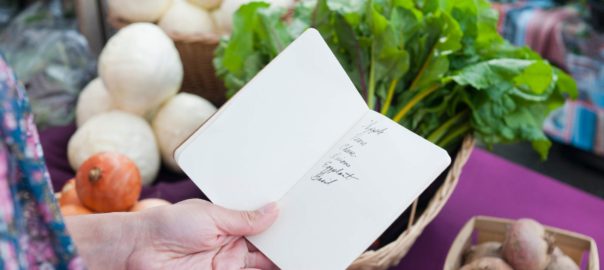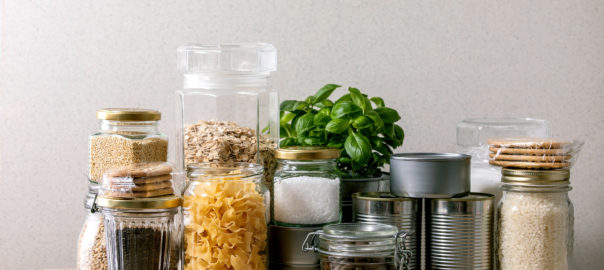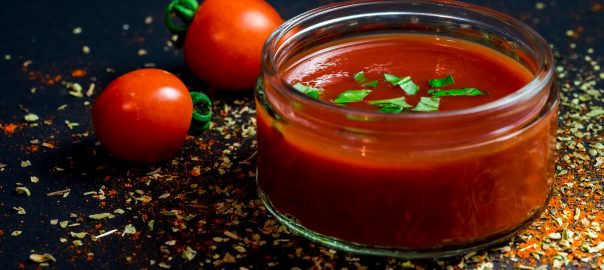With the rising cost of groceries many people are beginning to look more closely at their grocery budget. Unfortunately costs are probably going to continue for a while due to supply chain shortages and reduced resources.
Although you want to save money on groceries this is not the time to revert to buying poor quality food solely to reduce your costs. You still want to make sure you are nourishing your body and eating as well as possible.
The idea of reducing your food budget needs to start with knowing where you are and what you’re actually spending. You can calculate your family’s current grocery amount using the USDA Official Food Plans: Cost of Food at Home chart. Once you know what your amount is you can begin to make changes from there.
While you’re working on a food budget, whether this is the first time or something you’ve done regularly, you need to keep it realistic. Be mindful of how many people you are feeding as you work to create a sustainable real food budget.
Food Budget Tips
Eating Out Costs

Figuring out how much you are spending on groceries doesn’t just mean what you buy for your pantry. More than 30% of each food dollar in the United States is spent on eating out. You need to remember that when planning your food budget.
If you eat out, either getting take-away or sitting in a restaurant, those costs should be part of your food budget. Some eating out expenses, such as a vacation or trip to visit friend or family, may be more difficult to anticipate, but they should be included in the total.
Track Your Spending

In the beginning of your planning it’s helpful to know what you’re typically spending your food dollars on. Was it snacks, highly processed foods, or convenience foods. It seems counterintuitive but real food can be a good buy. That’s because it has higher nutrient density and you’re likely to be satisfied faster when you eat real food versus processed foods.
As an example, a bagel or muffin and a cup of coffee seems like it’s not that expensive. It’s also not nourishing. When you eat a high carb, over processed breakfast this can spike blood sugar and you’ll find yourself feeling hungry mid-morning for a snack of some time. When you have a real food breakfast you’re getting protein, healthy fats, and more nutrition. You’re more likely to be able to make it through your morning until it’s time for lunch. This is not only better for your nutrition, it’s better for your budget as you’re not spending money on snacks.
Meal Planning
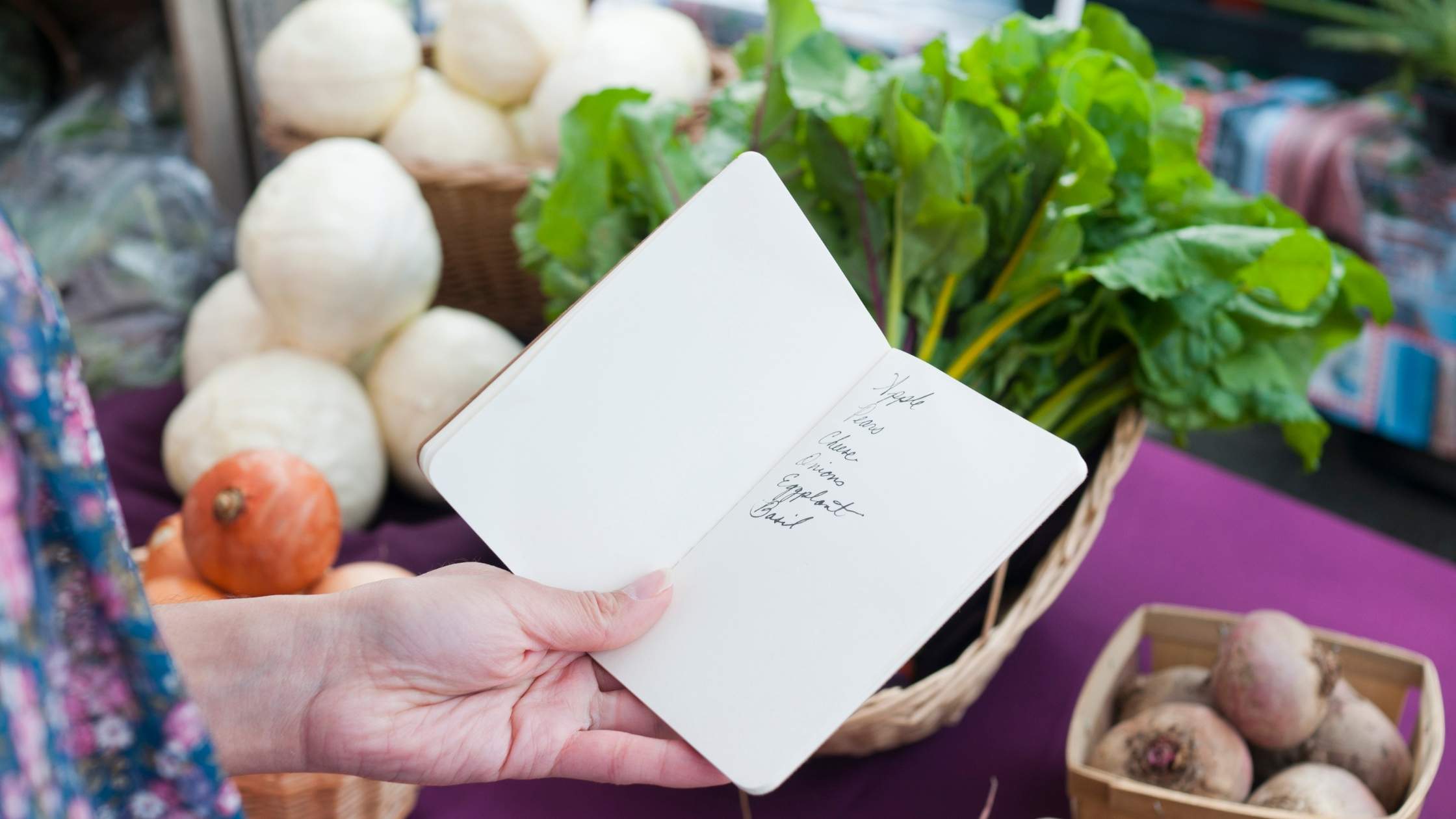
One of the biggest ways to save money on groceries is to know what you’re going to eat. Meal planning is really useful when it comes to making seasonal, inexpensive, real food meals. Having a plan for shopping and cooking, and sticking to it, will help you get a handle on your food budget.
As part of your meal planning look at doing some kitchen DIY. There’s a great book, Make The Bread, Buy The Butter, that breaks down what’s worth it and what’s not when it comes to making things from scratch.
One thing that can be a great way to save money is making your own bone broth, condiments, and salad dressings. When you stop to consider the cost of the prepared items at the grocery store and the pennies it costs to make it at home, all of a sudden it makes sense to take the time to do it yourself.
Consider making meals that you can cook once and eat again is a great way to save money. Simple yet nourishing and delicious foods are a great way to feed your family and manage your grocery budget. Chili, soup, and stew are great choices for this strategy. I’m also a big fan of what I call sequential eating — creatively using leftovers to make another meal. When you meal plan it becomes easy to know what you’re going to make next with your leftovers.
Shopping Tips
Farmer’s Markets
Buying fresh foods, produce, eggs, dairy, and sometimes meat, from a farmer’s market can be another way to get better quality food. This tip may or may not be less expensive than the grocery store however you’re getting truly fresh food and you’re supporting your local farmers. If you buy a large amount of fresh produce from the farmer’s market you can freeze it and have seasonally fresh food out of season.
The Convenience Factor
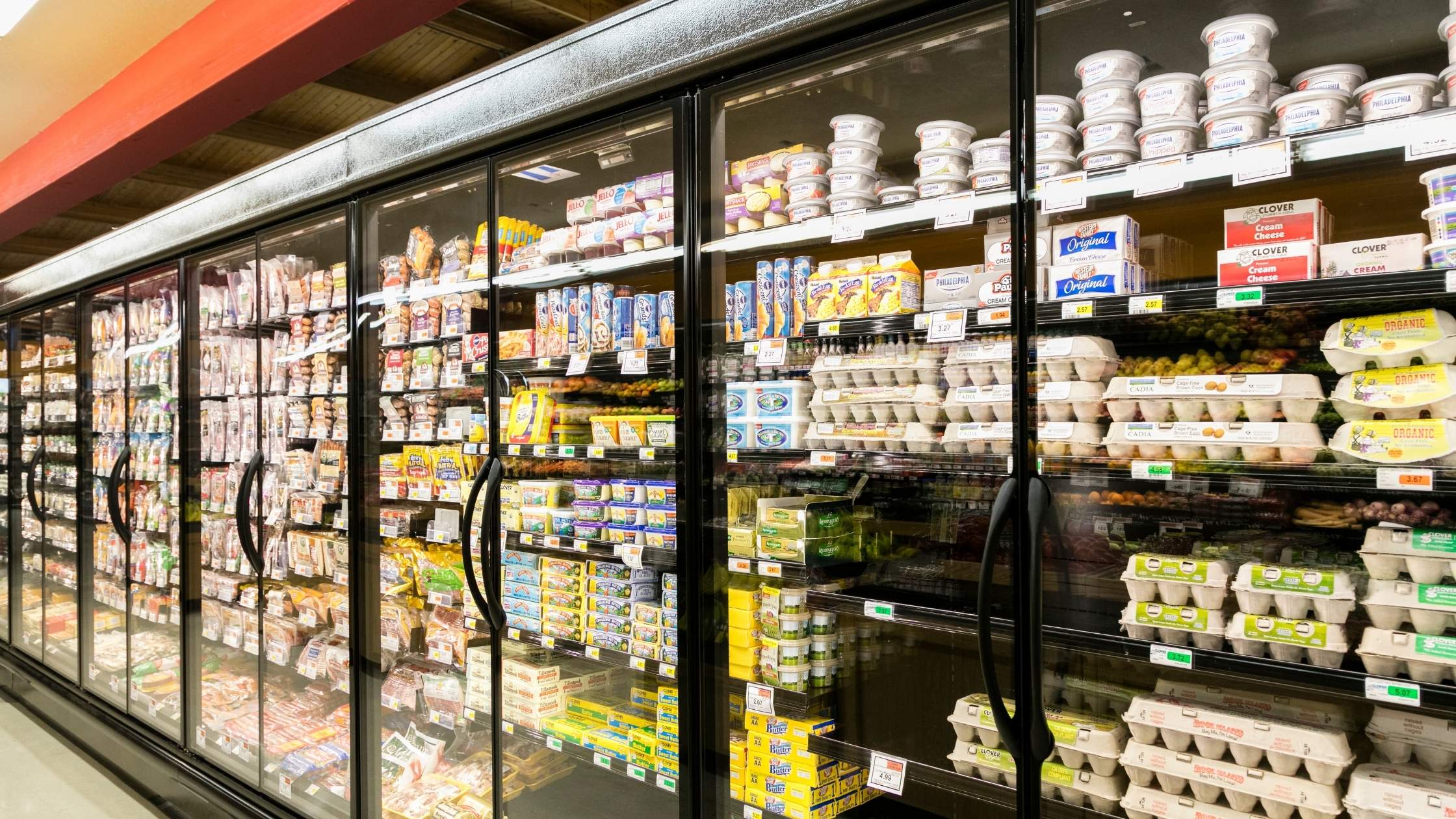
The grocery store and food producers thrive off charging a hefty price to do things for you. Think about if you really need it and/or the convenience it offers. Or can you make it yourself. Pre-shredded cheese for example or pre-cut vegetables are a premium price at the grocery store. You can easily buy a block of cheese or a bunch of vegetables shred/cut it yourself for a big grocery savings.
Get the Biggest Bang For Your Grocery Buck

If you're going to buy organic fruits and vegetables get the ones that really matter, the dirty dozen. Those are the twelve fruits and vegetables that are most likely to be contaminated by pesticides. The grocery store would love to convince you that you need to buy everything organic but that’s not necessarily true. If budget is a factor save your money by not purchasing those organic bananas and buy organic strawberries instead.
Buy Organic Dairy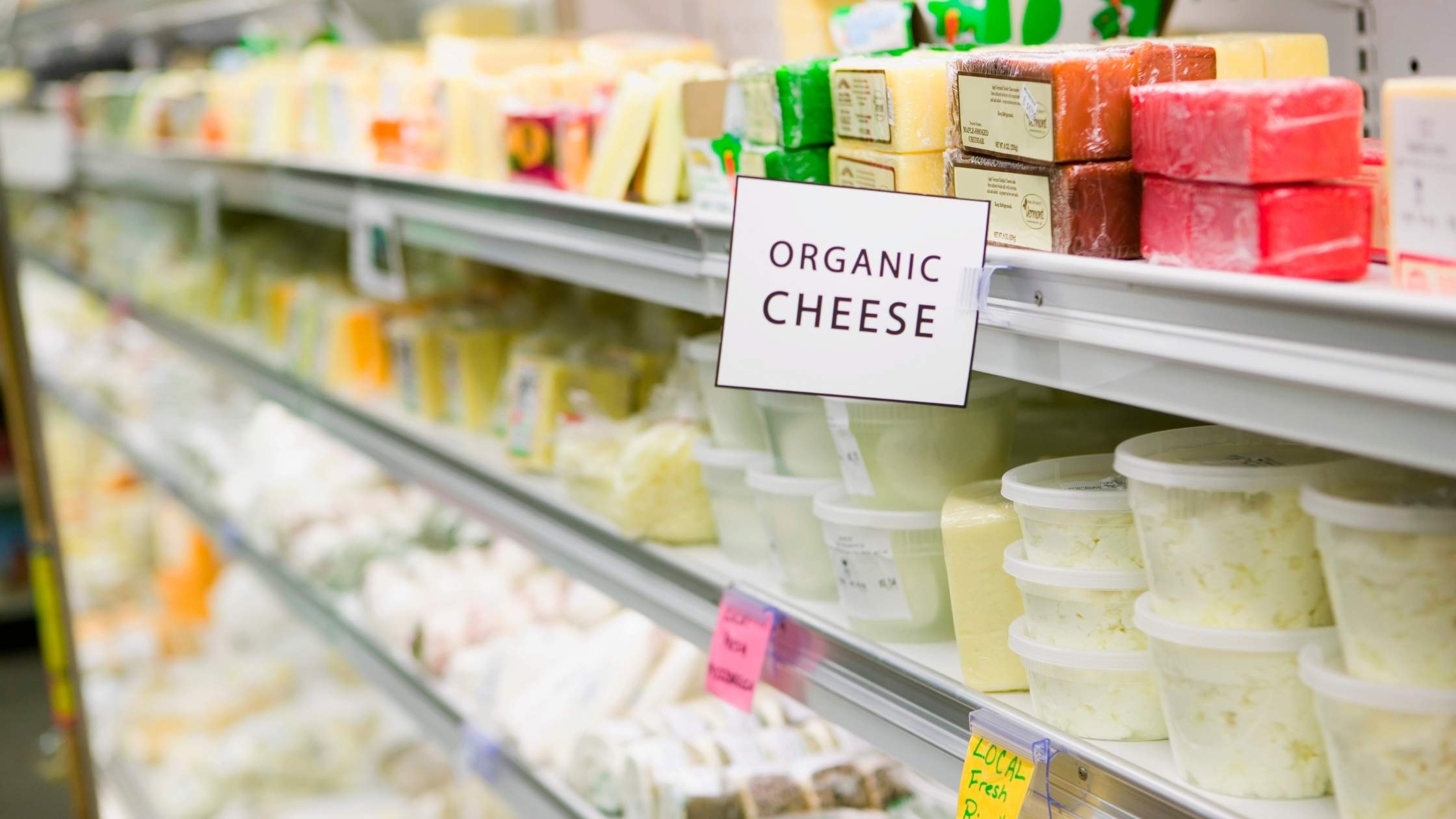
From a health perspective I truly deeply believe that organic dairy is the way to go. It has no added hormones, no antibiotics, and the cows are not fed pesticide-laden grain. What goes into that cow goes into its milk, so it makes sense to not drink or eat those products by choosing organic dairy. Having said that, it's not always easy to find or afford 100% organic dairy products, I truly understand that. If you cannot add organic dairy to your budget it is important that you at least purchase products that are free of rBGH. This hormone was created to make cows give more milk. But it doesn't go away just because the cow has been milked. So we consume it right along with the cheese or yogurt or whatever dairy product we are eating. Check out the RGBH Free Dairy list and see how your brand stacks up.
Buy More Whole Foods
Yes those organic apples may seem more expensive. But how much is that applesauce? And how much more applesauce can you eat than whole apples? Orange juice? Did you know that there is an average of four oranges in one eight ounce glass of juice? That glass goes down pretty easy but I think most people won't sit there and eat four oranges in one sitting. On average the more whole foods you buy the more nutrient dense your dietary intake. Overall this should equate to less money spent at the grocery store.
Eat Less Meat

Somehow we have become convinced that we NEED meat and we have to serve it at almost every meal. Nothing could be further from the truth. Most Americans eat far too much meat. We could stand to eat more beans and other legumes which are a great source of protein with less environmental impact and far less expensive. A package of lentils costs less than a dollar at my local grocery store and makes five cups cooked. That's a LOT of lentils and a lot of protein.
Waste Less 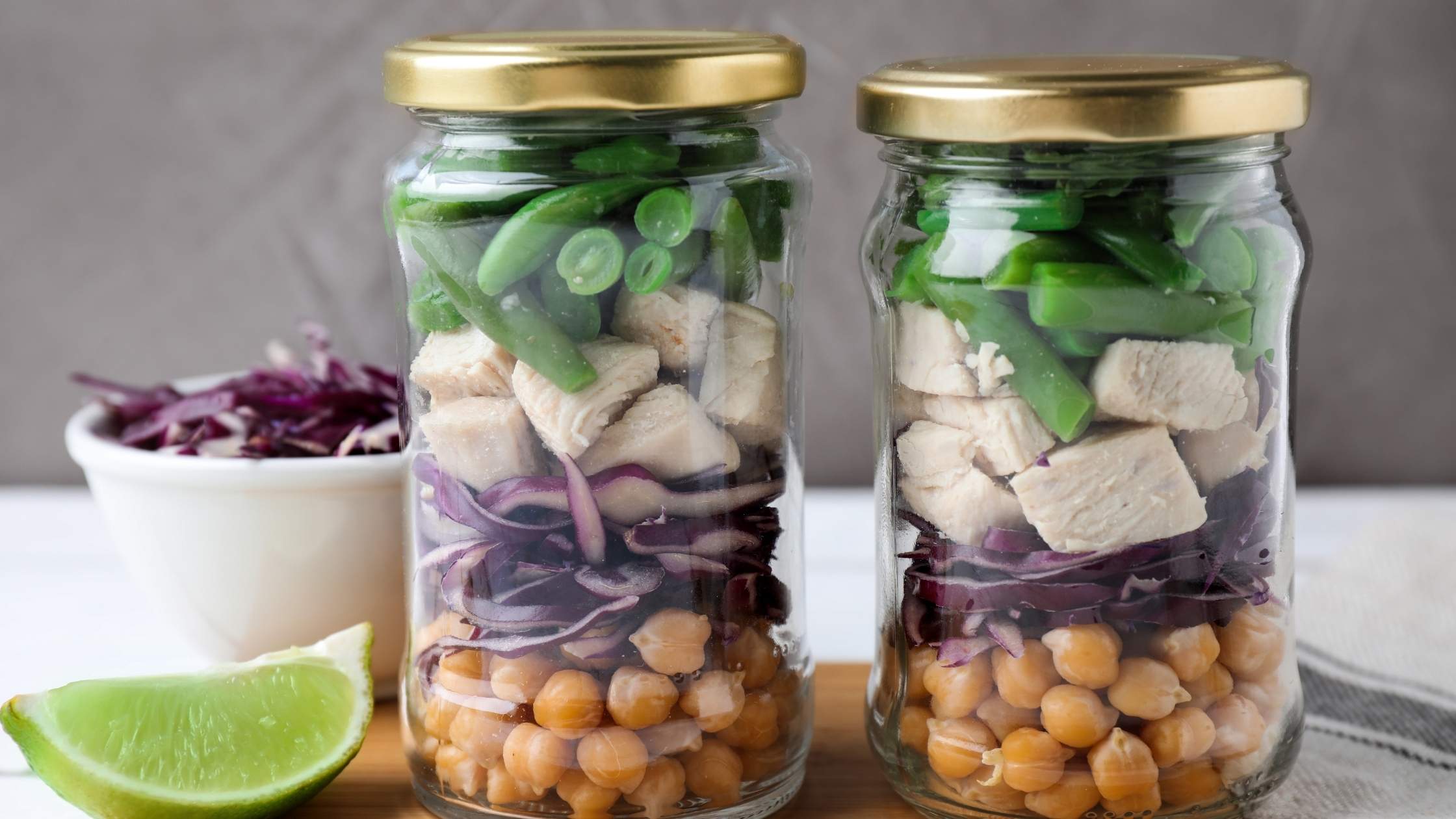
Reducing your food waste is probably the biggest money saver out there. According to the USDA more than one third of the food that is grown is wasted. Some resources put that at more than $1,800 per family per year. That’s a lot of money and lot of food. Stop for a moment and think about how much food you may have thrown out in the last week, two weeks, a month? That's all food that you paid for. You probably even cooked it, increasing its value more as you spent time and energy to create the dish which rotted in the back of the fridge before being sent to the landfill. Planning and being more mindful can help you avoid food waste.
Be Mindful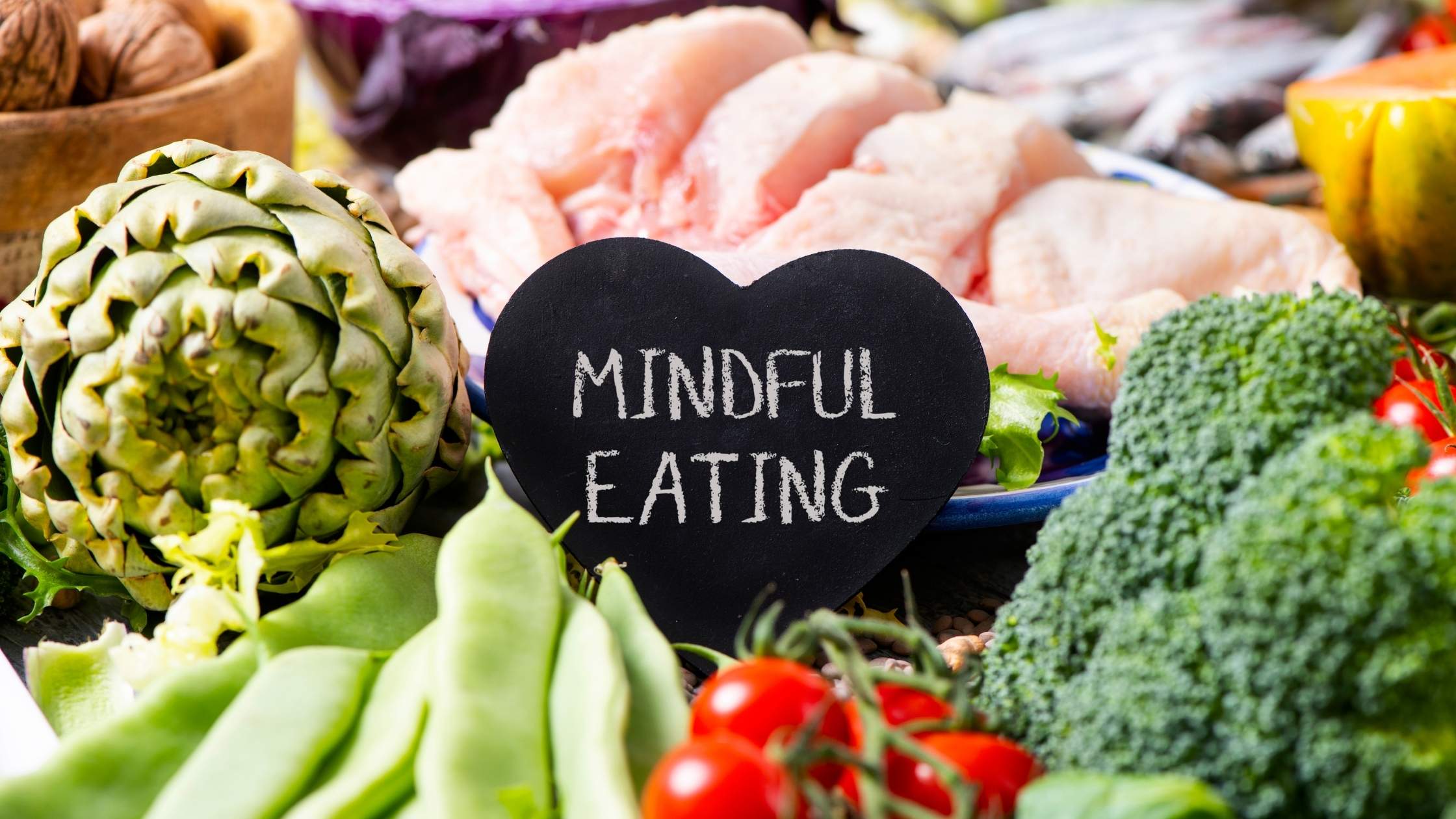
Remember that not every budget will be the same. Food costs vary widely across the country. They also tend to fluctuate with the seasons and availability of certain foods. Then there’s the issue of how many people you are feeding and what their dietary needs are (if there’s a special dietary requirement). Before you begin to look at your food budget, you need to consider all of these things.
Remember also that creating a budget is just one step. Budgets can and do change depending on changes in your family system, income changes, if you are traveling, etc. Once you’ve learned to create a food budget that works for you I encourage you to revisit it at least a couple of times a year to see how you’re doing and if you need to make any additional changes.
Finally, it’s important to remember that if you are making changes to your eating habits and to your grocery budget, you need to make shift gradually and sustainably. Change does not happen overnight. In order to be successful with the changes you are making you want to shift one thing at a time. Once you’ve mastered on change you can make another. Over time you will find that you’re continuing to improve your grocery shopping habits.
Sources
"Over A Third Of The U.S. Food Dollar Is Spent On Eating-Out Services". Ers.Usda.Gov, 2021, https://www.ers.usda.gov/data-products/chart-gallery/gallery/chart-detail/?chartId=58354.
"Food Loss And Waste". Usda.Gov, 2021, https://www.usda.gov/foodlossandwaste.
"Food Waste In America In 2021: Statistics & Facts | RTS". Recycle Track Systems, 2021, https://www.rts.com/resources/guides/food-waste-america/.
State, Chuck. "The Average American Household Wastes $1,866 Of Food Per Year - Futurity". Futurity, 2020, https://www.futurity.org/food-waste-united-states-sustainability-consumers/.
Related articles:

